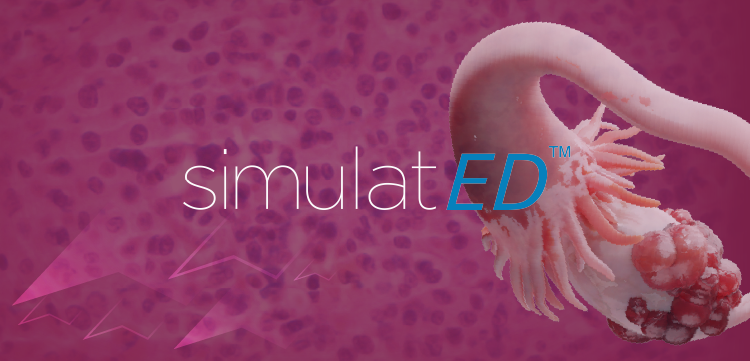
Pregnancy in women with spinal cord injuries
Although the current literature on management and outcomes of pregnancy among women with spinal cord injury (SCI) is limited, available evidence suggests that most gravidas with SCI will experience few serious complications of pregnancy and deliver healthy infants.
A. Although the current literature on management and outcomes of pregnancy among women with spinal cord injury (SCI) is limited, available evidence suggests that most gravidas with SCI will experience few serious complications of pregnancy and will deliver healthy infants.1-3 There is no reason to discourage or terminate a pregnancy simply on the basis of a maternal SCI. Antenatal care should be provided by a multidisciplinary team that includes the obstetrician and/or maternal-fetal medicine specialist, neurologist, physiatrist, urologist, obstetric anesthesiologist, nurses, and physical and occupational therapists, as appropriate (A suggested pregnancy management issues specific for women with spinal cord injuries is in the online version of this article).
Urinary tract infection and dysfunction
Women with SCI may experience changes in bladder function and management during pregnancy such as increases in bladder spasms, a need for more frequent catheterization, and leakage around indwelling catheters.4 Self-catheterization is the preferred approach throughout pregnancy because of the increased risks of urinary tract infection (UTI) with chronic indwelling catheters.
Up to 25% of women with SCI may require a change in bladder management because of chronic urine leakage and/or bladder spasms (eg, expelling indwelling catheter); thus, referral for urology or urogynecology consultation may be useful in these situations.5
Urine cultures for the detection of asymptomatic bacteriuria can be done monthly or once per trimester, depending on the frequency of positive cultures and prior infections. Although there is a paucity of data on the role of chronic antibiotic suppression to prevent UTI in women with SCI during pregnancy, it may be considered for women with recurrent UTIs and/or indwelling catheters. Antibiotic regimens should be directed on the basis of culture results; commonly used agents include nitrofurantoin and trimethoprim-sulfamethoxazole.
Newsletter
Get the latest clinical updates, case studies, and expert commentary in obstetric and gynecologic care. Sign up now to stay informed.











